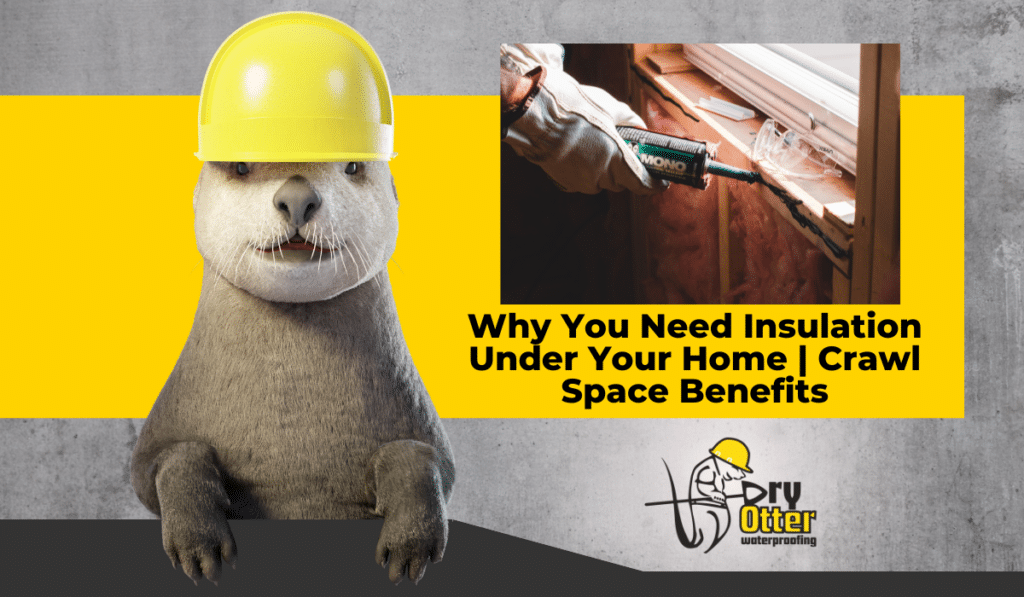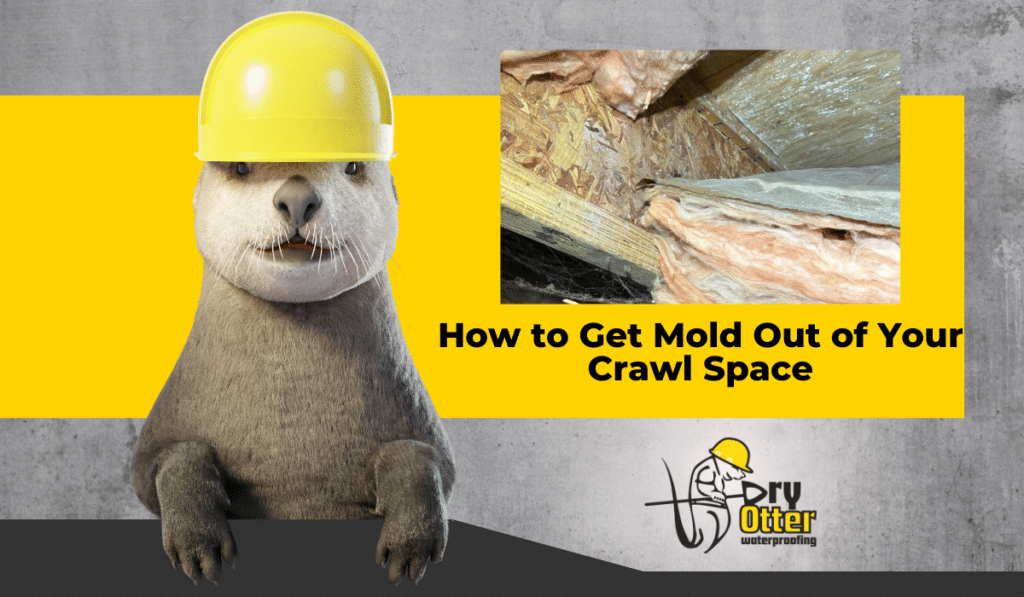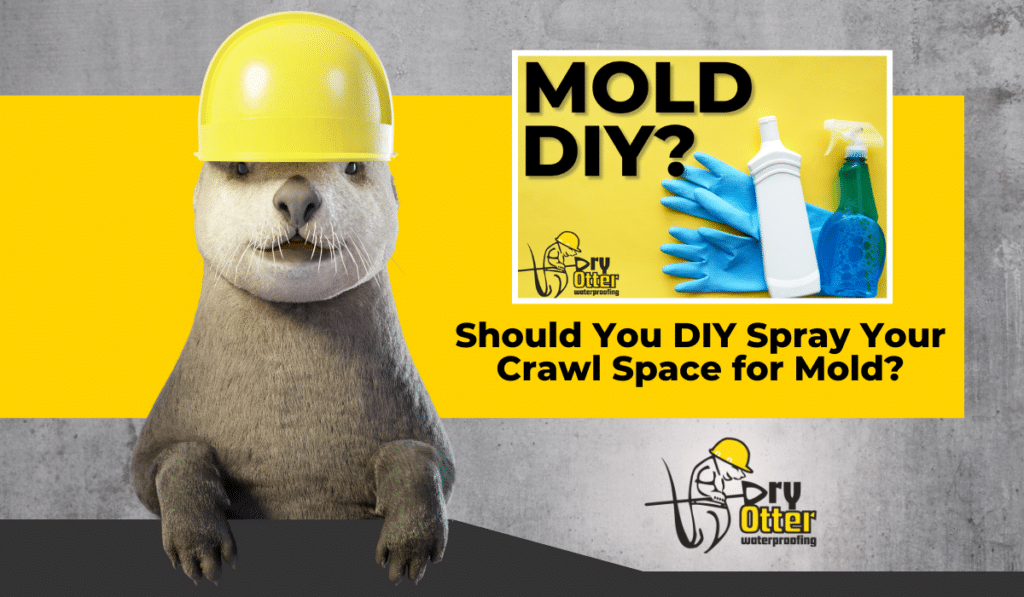If your crawl space or basement is wet, musty, or flooding after rain, the problem might not be inside your home at all. It could be just outside, hidden under the surface, in the soil around your foundation. Specifically, it may be caused by backfill saturation.
What Is Backfill?
Backfill is the material placed around a home’s foundation after it is built. When a builder excavates to pour foundation walls, the space around those walls must be filled in afterward. That material is known as backfill.
In many cases, builders use the same soil that was dug out to fill it back in, but now that it’s been disturbed, the soil is not packed it as tightly as it was to begin with.
What Is Backfill Saturation?
Backfill saturation occurs when the soil around your foundation becomes oversaturated with water. Instead of draining away, water gets trapped in the backfill material. Clay-rich backfill is especially prone to saturation because it holds onto water like a sponge.
Once the backfill becomes waterlogged, it presses moisture directly against your foundation walls. This creates constant dampness, and over time, can lead to seepage, mold, and even structural damage.
Why Saturated Backfill Leads to Leaks
When water collects in the backfill, it increases the amount of pressure pushing against your foundation. This is known as hydrostatic pressure, and it’s one of the most common causes of water intrusion into basements and crawl spaces. The more saturated the backfill, the greater the pressure.
This pressure forces water into any tiny crack or gap it can find, especially near the cove joint (where the wall and floor meet). It can also lead to bowed walls, spalling, efflorescence, or persistent dampness that leads to rot and mold.
How Dry Otter Helps Homeowners Deal with Backfill Problems
At Dry Otter Waterproofing, we inspect to see how much water is coming into the foundation. If the soil around your foundation is contributing to moisture problems, we take steps to address it.
- We install interior drainage systems to route any water that does come in, to away from the house
- We add interior sump pump systems when necessary, and allow for gravity drain exits when not
Backfill Saturation and Hydrostatic Pressure Work Together
Backfill saturation and hydrostatic pressure are closely connected. When the soil is saturated, it puts pressure on your foundation and creates the ideal conditions for leaks and can cause the walls to bend and crack. To learn more about how that pressure works and why it matters, read our blog post all about hydrostatic pressure and how to relieve it.






